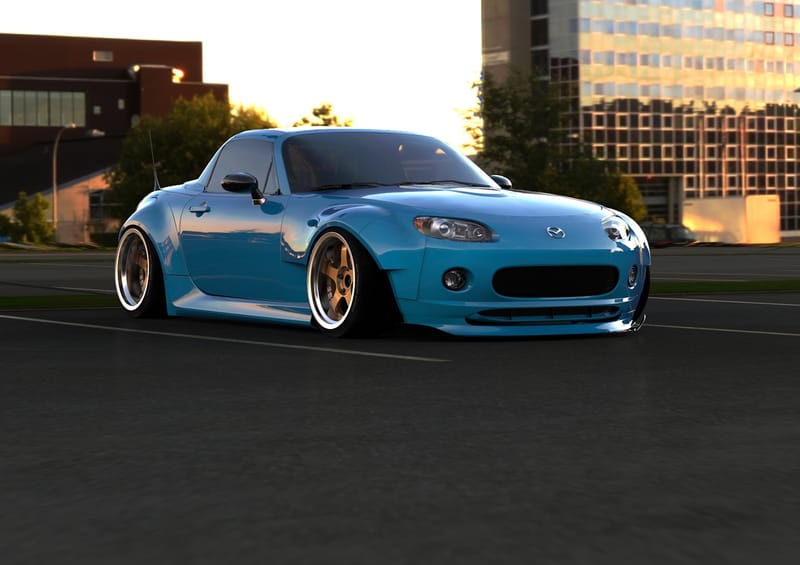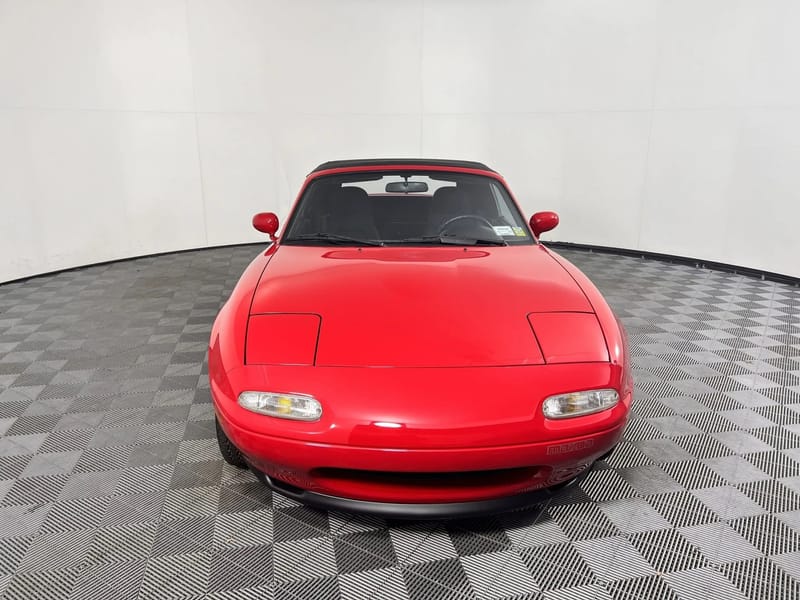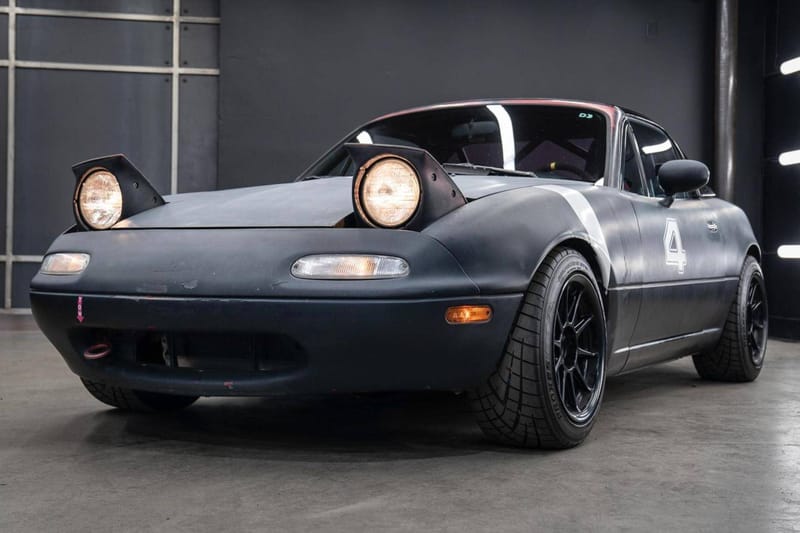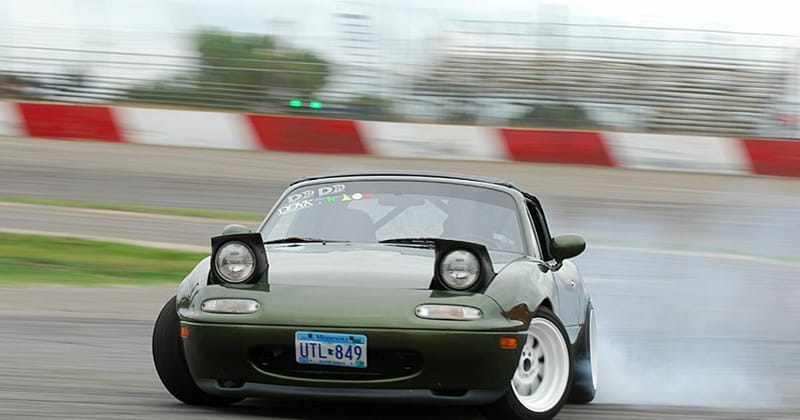NC Miata Owner’s Guide – Troubleshooting Common Issues
The third generation Mazda Miata’s are designed to be a step towards better tech, and reliability compared to its more nimble siblings. However, its reliability isn’t without flaws, the NC Miata has its fair share of common problems that owners often encounter. In this article, we’ll cover some of t
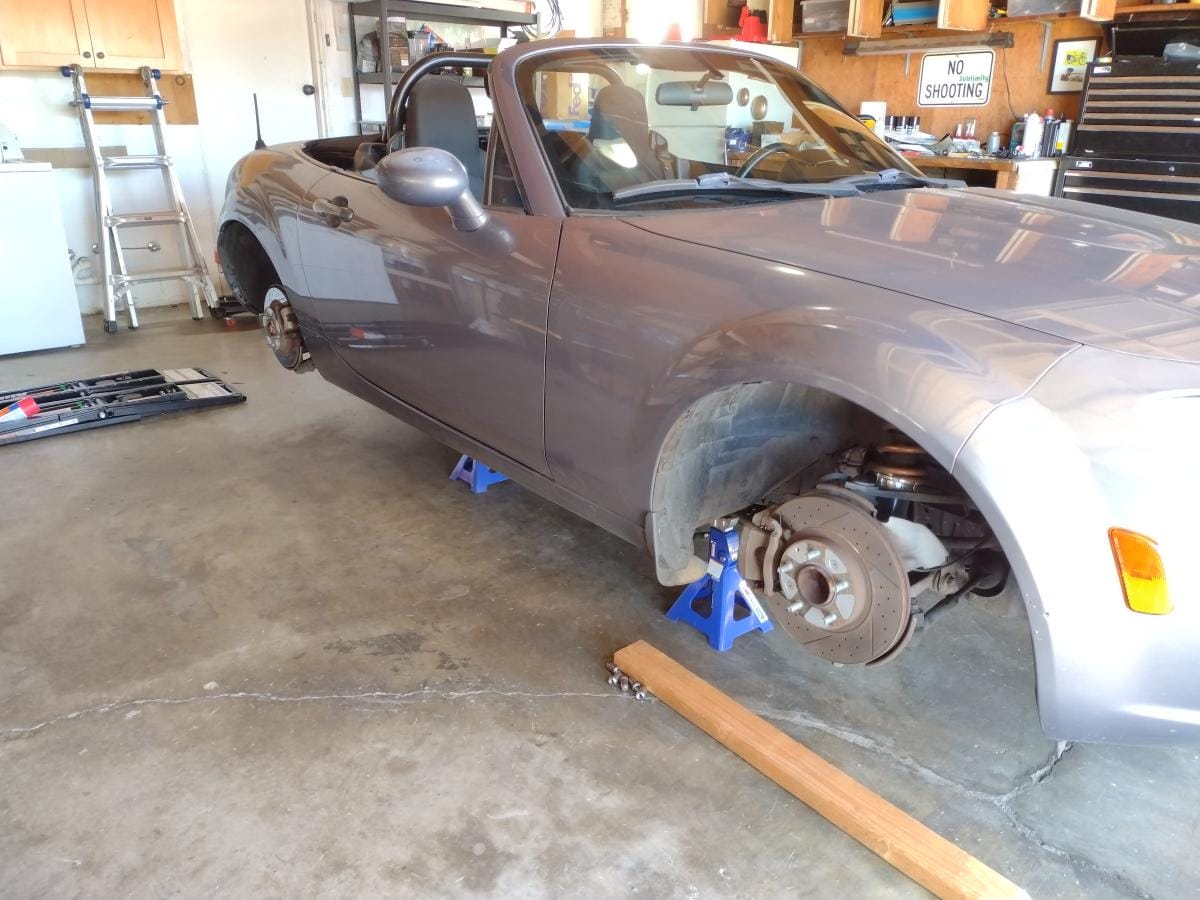
The third generation Mazda Miata’s are designed to be a step towards better tech, and reliability compared to its more nimble siblings. However, its reliability isn’t without flaws, the NC Miata has its fair share of common problems that owners often encounter. In this article, we’ll cover some of the most frequent issues, explain why they occur, and provide practical solutions to fix them.
Differential Whine
One of the most common issues reported by NC Miata owners is a high-pitched whining sound coming from the rear of the car. This noise is often heard during acceleration or at higher speeds and becomes more noticeable as the vehicle warms up. The culprit behind this sound is usually worn gears inside the differential, particularly the worm gears that help the wheels rotate at different speeds during cornering. Over time, these gears wear out, resulting in the distinctive whine.
To resolve this issue, start by inspecting the differential for internal wear. A sign of this would be metal shavings in the differential oil, indicating gear deterioration. If the differential is indeed worn out, the best solution is to replace it with either a new or rebuilt unit. For those who are mechanically inclined, this is a job that can be tackled at home with the right tools and a repair manual, but it’s not for the faint of heart. A full differential replacement at a professional shop can cost anywhere between $1,000 and $2,000 depending on parts and labor, while doing it yourself will significantly reduce costs but requires solid mechanical knowledge.

Throttle Body Stutter
Another issue that NC Miata owners may experience is hesitation or stuttering when accelerating. This problem often stems from a dirty throttle body, which disrupts the air-fuel mixture necessary for smooth engine performance. You might notice this hesitation when driving at lower speeds or when coming to a stop, and in some cases, the engine may even misfire, especially during cold starts or in stop-and-go traffic.
The throttle body tends to accumulate carbon deposits over time, which is the root cause of this issue. Fortunately, the solution is relatively simple: remove the throttle body, clean it thoroughly with a throttle body cleaner, and replace the gasket (part number LFE213655) to ensure a proper seal when reinstalling. If you’re doing this as a DIY project, throttle body cleaners and gaskets are inexpensive, costing less than $50. However, if you prefer to have it professionally cleaned, expect to pay between $100 and $200. Regular maintenance of cleaning the throttle body every 20,000 to 30,000 miles can prevent future issues.
Seizing Brake Calipers
If you store your NC Miata for extended periods or don’t drive it frequently, you may encounter seized brake calipers. This happens when rust or corrosion builds up on the caliper pistons or slider pins, preventing them from moving freely. Symptoms of a stuck caliper include the car pulling to one side during braking or one brake disc or wheel being noticeably hotter than the others after a drive, as the brake pads will be dragging due to the stuck caliper.
To fix this, you’ll need to jack up the car, remove the wheels, and inspect the brake calipers. If you spot rust or corrosion, you can either clean or rebuild the calipers using brake cleaner or a caliper rebuild kit. In some cases, if the rust is too severe, you may need to replace the calipers altogether. A caliper rebuild kit typically costs between $30 and $50, while new calipers can cost $150 to $300 per wheel. Labor costs for professional repair can range from $300 to $600 depending on the extent of the issue.

Squeaky Clutch Pedal
A squeaky clutch pedal is a relatively minor but irritating problem that some NC Miata owners face. While the noise doesn’t usually impact drivability, it can be quite annoying. This squeak is often caused by a worn starter interlock switch located near the clutch pedal. Over time, this switch wears out and begins to rub against the pedal assembly, creating the squeak.
The good news is that this issue is easy to fix. Simply replace the starter interlock switch (part number NE55-66-4D0) with an updated version. The part is inexpensive, costing around $20 to $30, and the replacement process can be done at home in about an hour with basic hand tools. Additionally, lubricating the clutch pedal pivot with a silicone-based lubricant can help ensure smooth operation and eliminate any lingering squeaks.
Coolant Expansion Tank Cracking
The plastic coolant expansion tank in the NC Miata is prone to cracking over time, especially after years of exposure to the extreme heat of the engine bay. When this happens, the tank can leak coolant, leading to low coolant levels and, in severe cases, engine overheating. If you notice visible cracks, leaks around the tank, or frequent coolant level drops, it’s a sign that your expansion tank needs attention.
To prevent overheating, it’s crucial to inspect the coolant expansion tank regularly for signs of cracking or brittleness. Replacing the tank before it completely fails is a straightforward job that involves draining the coolant, removing the old tank, and installing a new one. OEM coolant tanks usually cost between $80 and $150, and the replacement process can be done in 1 to 2 hours if you’re comfortable working under the hood.
Rust
Rust is a well-known issue for the NC Miata, the sills, rear wheel arches, and undercarriage are especially vulnerable to rust, which can lead to structural damage if left untreated. Symptoms include visible rust spots, bubbling paint, or, in severe cases, holes that compromise the car’s integrity.
To prevent rust from becoming a major issue, it’s important to inspect the sills and undercarriage regularly. If you catch rust early, you can treat it with a rust converter and repaint the affected areas with rust-inhibiting paint. For more serious rust, such as holes, you may need to cut out and replace sections of the metal. Additionally, applying rust protection, like an undercoating, can help prevent future corrosion. The cost of rust repair varies widely, from $100 for minor touch-ups to over $1,000 for extensive rust damage that requires welding or panel replacement.

Water Leaks from Soft Top
Owners of soft-top NC Miatas often report water leaks, particularly around the front windscreen cowl and the seals surrounding the roof. Over time, these seals can degrade, allowing water to seep into the cabin during heavy rain or when washing the car. Symptoms of this problem include damp carpets, water pooling in the footwells, or water found in the trunk area.
To fix this issue, you can replace the rubber seals around the roof and windscreen, focusing on the front windscreen cowl grommets. Applying silicone sealant around the grommets is a quick and cost-effective way to ensure a watertight seal. Seal replacements generally cost between $50 and $100, and for a DIYer, applying silicone sealant is an easy fix.
Stiff Gear Shifts (1st to 2nd Gear)
Many NC Miata owners experience stiff gear shifts, particularly when shifting from 1st to 2nd gear, especially when the car is cold. This issue is often due to worn synchros or a clutch that’s reaching the end of its life. Symptoms include difficulty engaging 2nd gear, which may ease as the car warms up, but if the problem persists, it could indicate more serious wear.
If you’re experiencing this issue, it may be time to replace the clutch. In some cases, the gearbox synchros may need to be rebuilt or replaced. Clutch replacements typically cost between $500 and $1,000, while a gearbox rebuild can cost upwards of $1,500, depending on the extent of the damage.
The Mazda MX-5 NC is a fantastic car for driving enthusiasts, but like any vehicle, it has its quirks. Common issues such as differential whine, brake caliper seizing, and water leaks are easily manageable if addressed early. By staying on top of these common problems and performing regular maintenance, you can ensure that your NC Miata remains a joy to drive for years to come. Whether you’re handling these repairs yourself or bringing your car to a professional, knowing what to look for and how to fix it will keep your Miata running smoothly and reliably.

